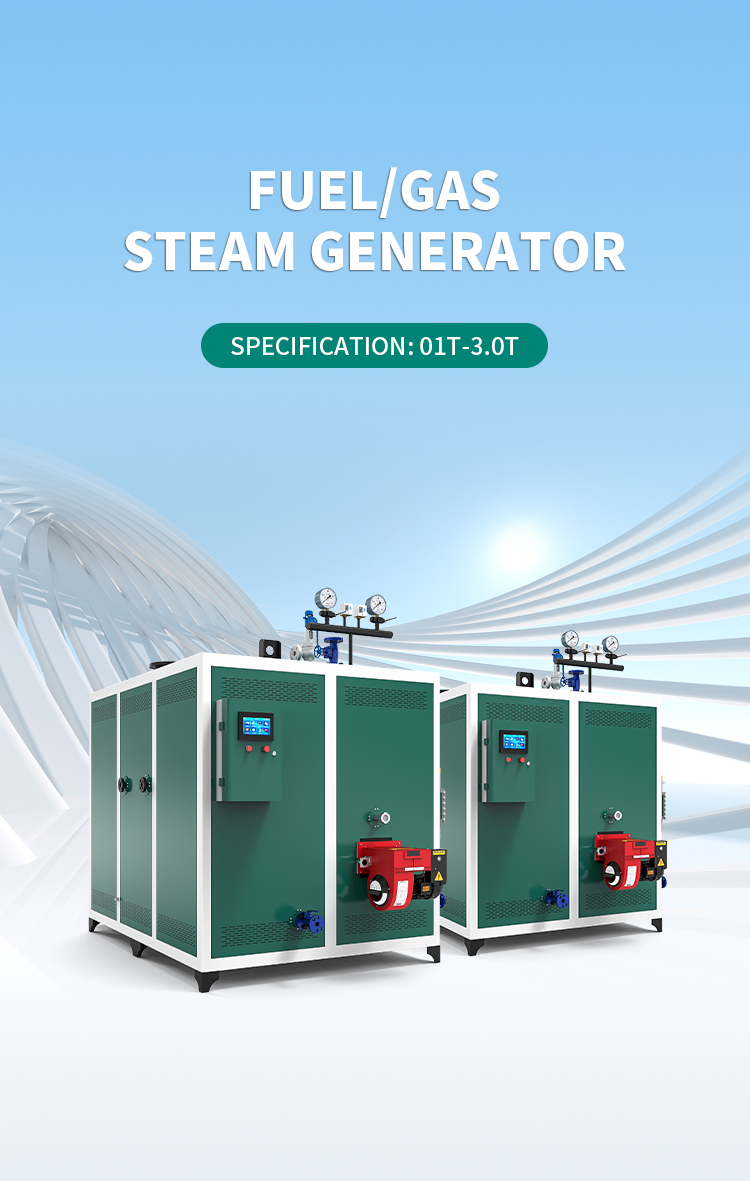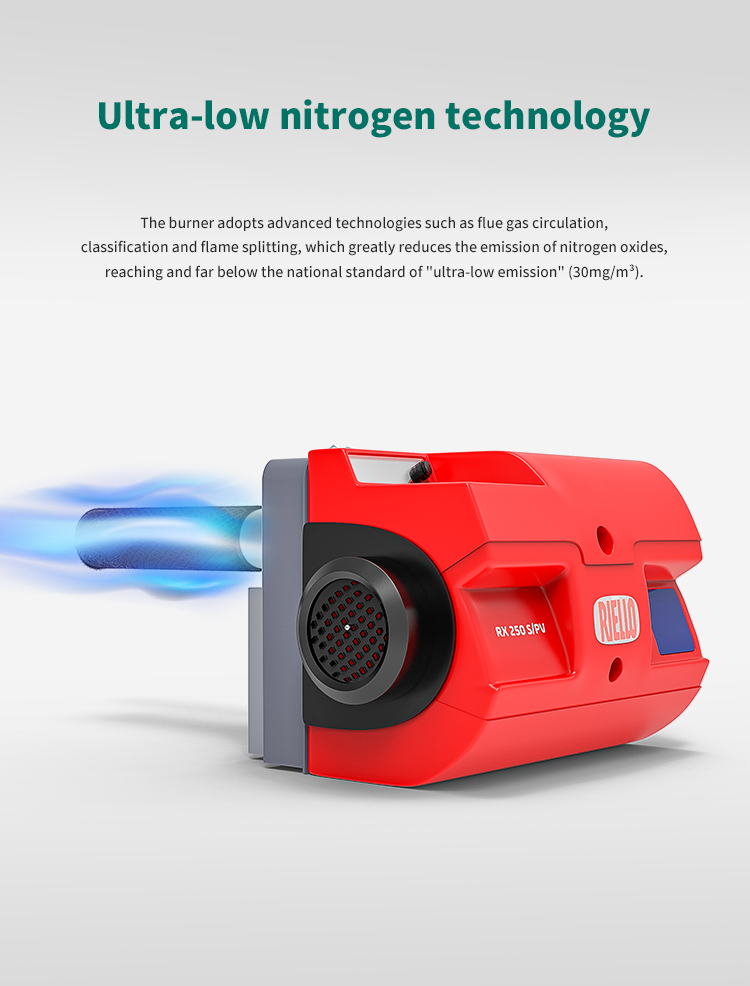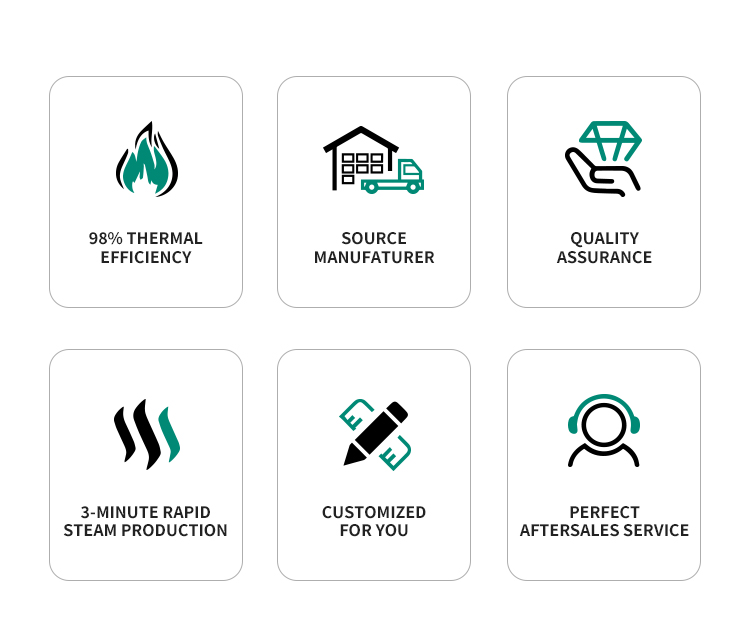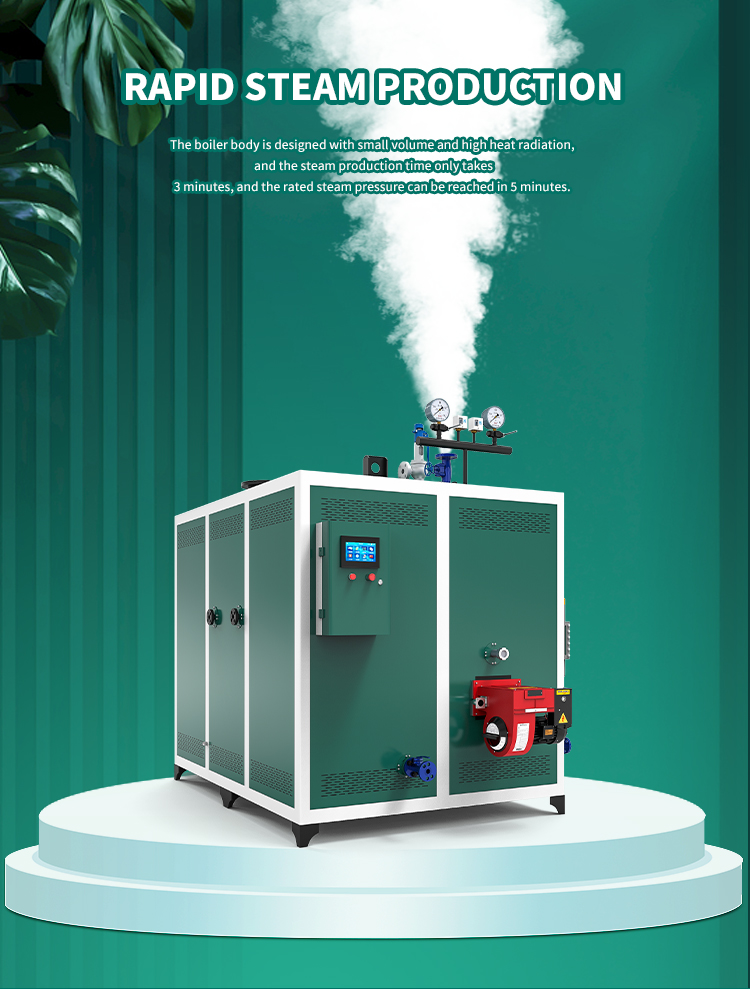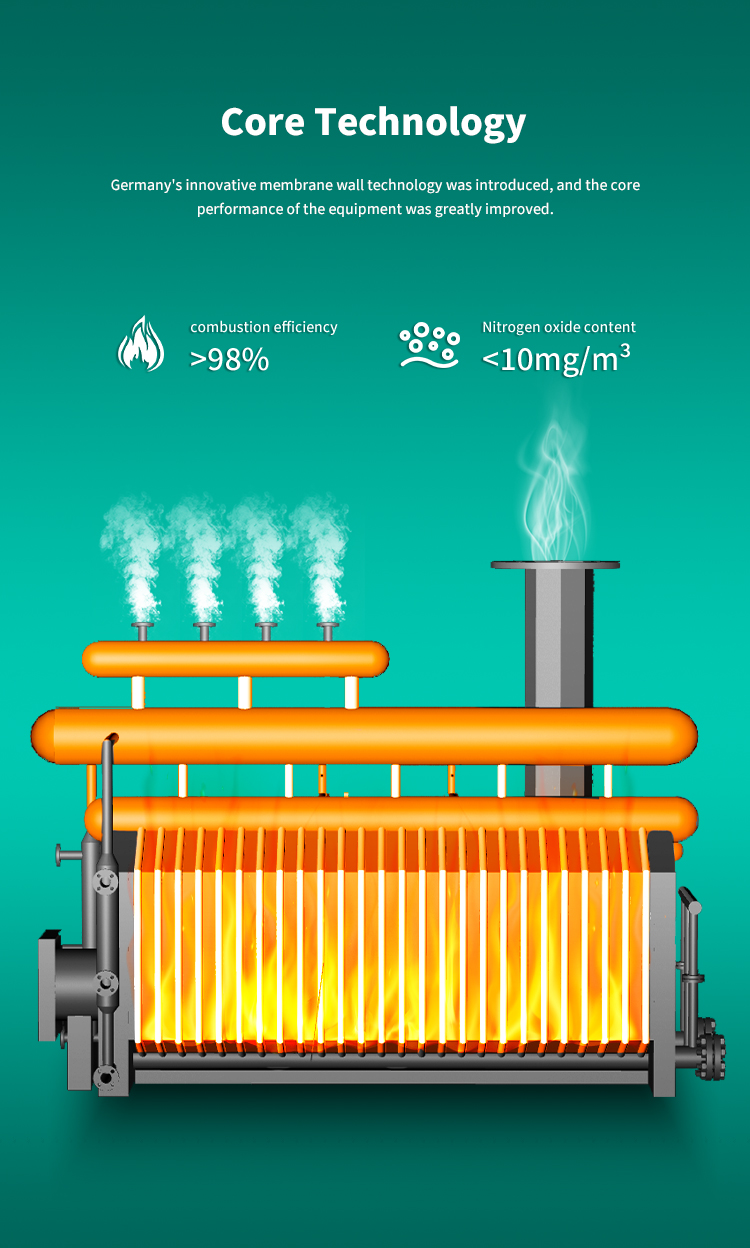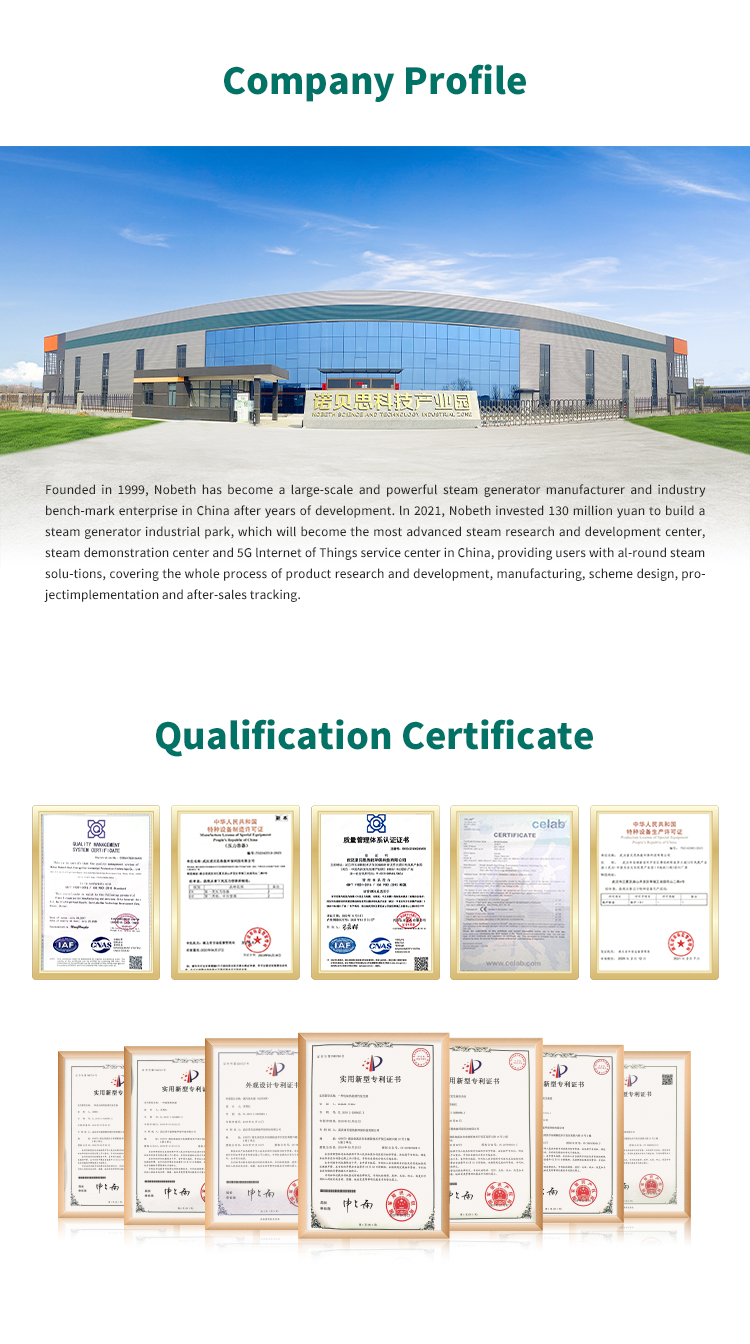
1 Ton gas steam boiler
How to choose the right steam pipe model
A common problem at present is to select the pipeline for transporting steam according to the diameter of the interface of the connected equipment. However, critical factors such as delivery pressure and delivery steam quality are often overlooked.
The selection of steam pipelines must go through technical and economic calculations. Nobeth’s experience has shown that inaccurate selection of steam piping can lead to many problems.
If the pipeline selection is too large, then:
Pipeline cost increases, increase pipeline insulation, increase valve diameter, increase pipeline support, expand capacity, etc.
More installation cost and construction time
Increased formation of condensate
The increase of condensed water will cause the decline of steam quality and the decrease of heat transfer efficiency
· More heat loss
For example, using a 50mm steam pipe can transport enough steam, if using an 80mm pipe, the cost will increase by 14%. The heat loss of the 80mm insulation pipe is 11% more than that of the 50mm insulation pipe. The heat loss of 80mm non-insulated pipe is 50% more than that of 50mm non-insulated pipe.
If the pipeline selection is too small, then:
·High steam flow rate produces high steam pressure drop, and when the steam consumption point is reached, the pressure is insufficient, which requires high boiler pressure.Insufficient steam pressure is a critical issue for applications such as steam sterilization
Insufficient steam at the steam point, the heat exchanger lacks sufficient heat transfer temperature difference, and the heat output decreases
·Steam flow rate increases, easy to produce scour and water hammer phenomenon
The caliber of the pipe can be selected by one of the following two methods. :
·Speed method
·Pressure drop method
Regardless of which method is used for sizing, another method should be used to check the wattage recommendations to ensure the limits are not exceeded.
Flow sizing is based on the flow of the pipe being equal to the product of the cross-sectional area of the pipe and the flow (remember specific volume varies with pressure).
If we know the mass flow and pressure of the steam, we can easily calculate the volume flow (m3/s) of the pipe. If we determine the acceptable flow velocity (m/s) and know the delivered steam volume, we can calculate the required flow cross-sectional area (pipe diameter).
In fact, the choice of pipeline is not correct, the problem is very serious, and this kind of problem is often not easy to find, so it needs to be paid enough attention.
Products categories
-

E-mail
-

Phone
-

WhatsApp
-

Top


